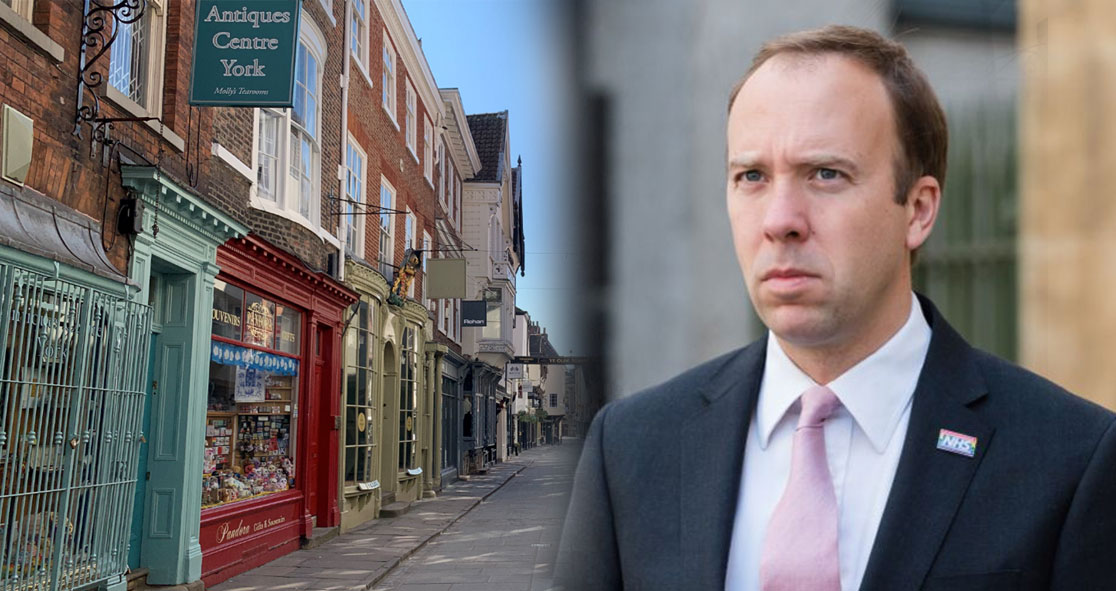Matt Hancock, Secretary of State for Health and Social Care, said more areas of the North and South England will be joining London in moving to Tier 2 of England’s lockdown restrictions amid the ongoing coronavirus pandemic.
Speaking in the Commons, the health secretary Essex, Elmbridge, Barrow-in-Furness, North East Derbyshire, Erewash, Chesterfield, and York will be moving into the “high risk” category on Saturday.
However, Southend and Thurrock in Essex have not been included in the new restrictions as they are unitary authorities.
Hancock told MPs that he wanted to see “rapid progress” on the discussions.
Liverpool City Region has already been under Tier 3 restrictions. Politicians in Lancashire have told Sky News that they have been informed the area has been staying in Tier 2 for now.
In the meantime, Sadiq Khan, Mayor of London, said the capital will go into Tier 2 at midnight from Friday. He told Sky News that he agrees with experts who have warned the government that a 2-week national lockdown would be a better option than regional lockdowns to control the spread of the virus.
In Tier 2 restrictions, people are not allowed to meet other households socially indoors. People have been advised to “reduce the number of journeys where possible.”
David Finch, Leader of Essex County Council, said, “We think the government has decided correctly, guided by the science and the fact is that the number of cases in Essex is rising exponentially.”
He added, “These are difficult times for individuals, businesses, and communities,” but said he had “a duty of care to the people of Essex.”
Rachael Maskell, MP for York Central, has also welcomed the move. However, she asked Hancock why he had not gone further given “there are areas of the country in Tier 3 with a lower infection rate.”
Dr. David Nabarro, who is working for the Director-General of the World Health Organization (WHO), told Sky News that the UK needs to “sort out test, trace and isolate.”
“There are many who say if you go in for a lockdown now, how are you going to be able to come out after two weeks, because this virus isn’t going to go away,” he said.
“The only way you can get rid of it is by a very simple process of finding people with the disease and isolating them, finding their contacts and isolating them, and then protecting the people who are most at risk,” Dr. Nabarro added.
“Sort out test, trace and isolate, and have a really strong communication programme,” Dr. Nabarro continued, “so that everybody in the country knows the basics about mask-wearing, physical distancing, hygiene and keeping out the way when you get sick and make sure that things work well at local level.” The news originally appeared on Sky News.























